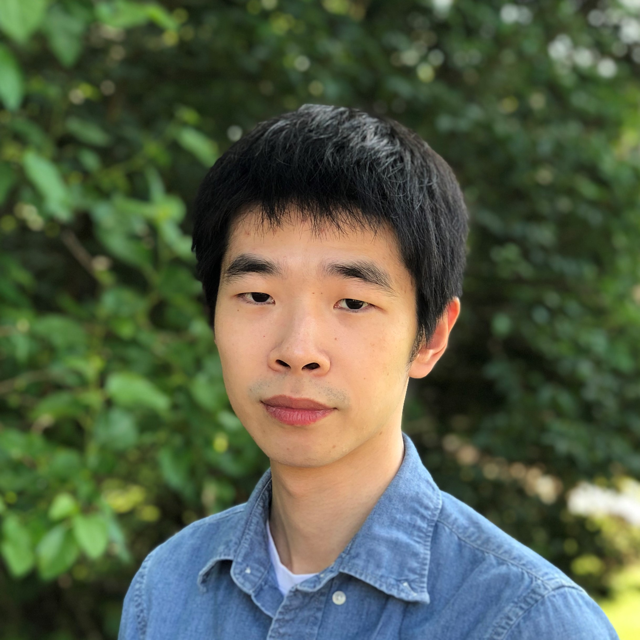
Long Zhao
Research Areas
Authored Publications
Sort By
Google
Taming Self-Training for Open-Vocabulary Object Detection
Shiyu Zhao
Samuel Schulter
Zhixing Zhang
Vijay Kumar B G
Yumin Suh
Manmohan Chandraker
Dimitris N. Metaxas
Proceedings of the IEEE/CVF Conference on Computer Vision and Pattern Recognition (CVPR) (2024)
Unified Visual Relationship Detection with Vision and Language Models
Liangzhe Yuan
Boqing Gong
Yin Cui
International Conference on Computer Vision (ICCV) (2023)
Nested Hierarchical Transformer: Towards Accurate, Data-Efficient and Interpretable Visual Understanding
Han Zhang
Ting Chen
AAAI Conference on Artificial Intelligence (AAAI), 2022
View-Invariant, Occlusion-Robust Probabilistic Embedding for Human Pose
Jennifer Jianing Sun
Jiaping Zhao
Liangzhe Yuan
Yuxiao Wang
Liang-Chieh Chen
International Journal of Computer Vision, 130 (2022), pp. 111-135
Learning View-Disentangled Human Pose Representation by Contrastive Cross-View Mutual Information Maximization
Yuxiao Wang
Jiaping Zhao
Liangzhe Yuan
Jennifer Jianing Sun
Xi Peng
Dimitris N. Metaxas
Proceedings of the IEEE/CVF Conference on Computer Vision and Pattern Recognition (CVPR) (2021)
Improved Transformer for High-Resolution GANs
Ting Chen
Dimitris N. Metaxas
Han Zhang
Advances in Neural Information Processing Systems (NeurIPS) (2021)
